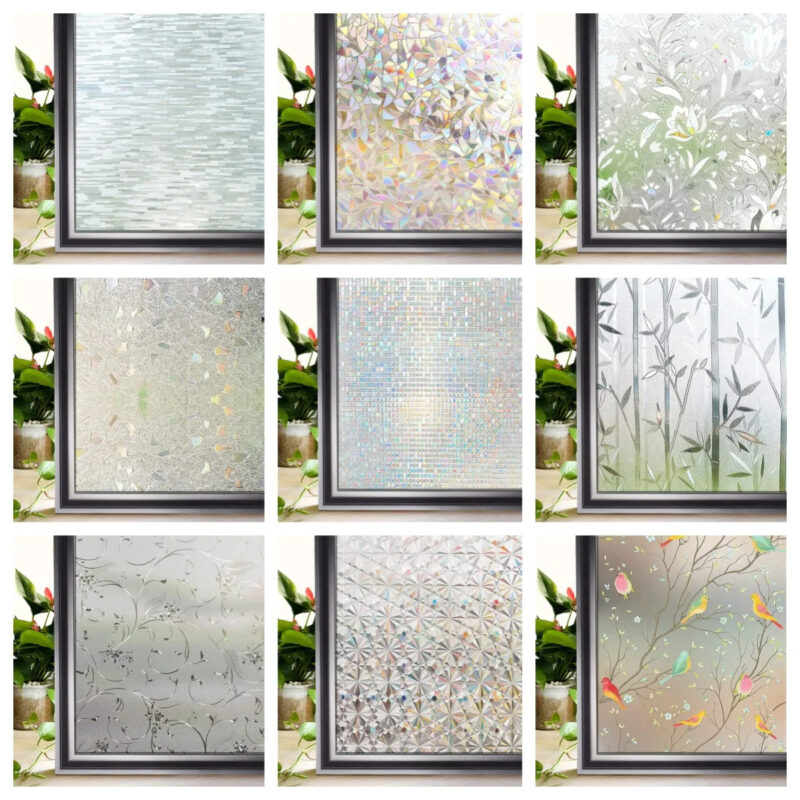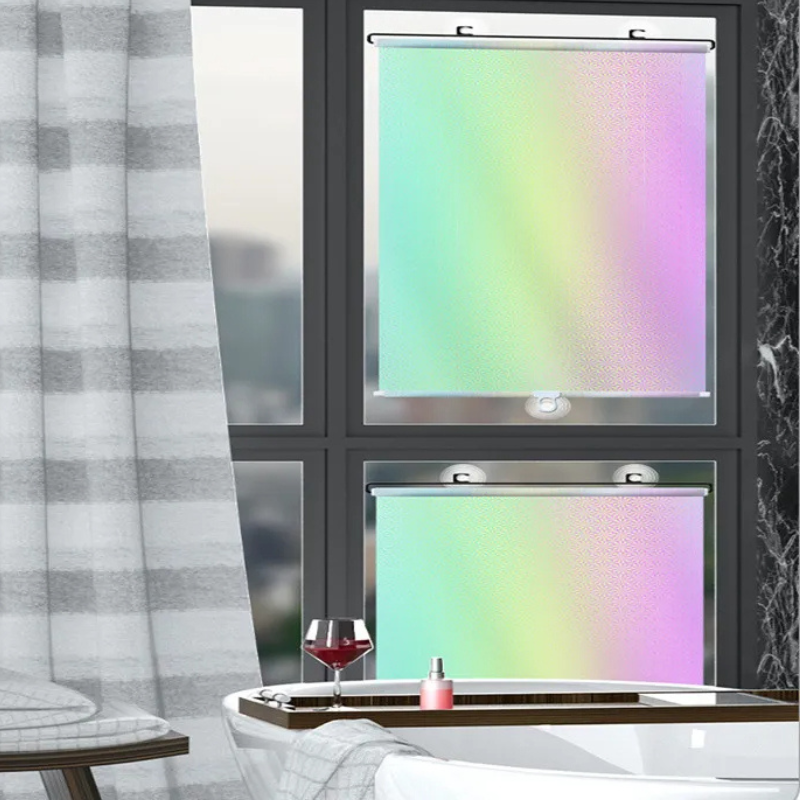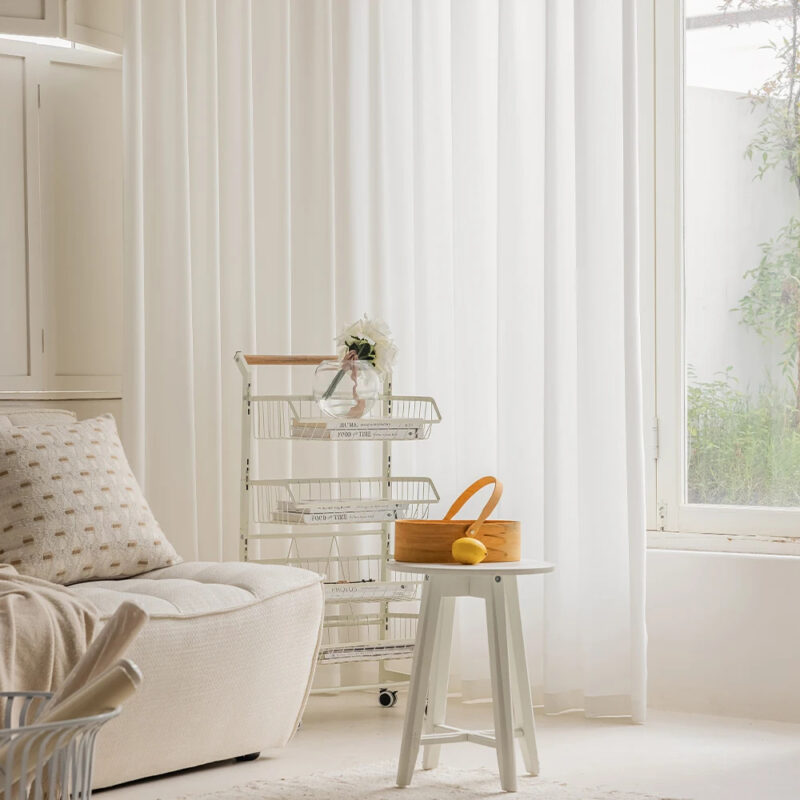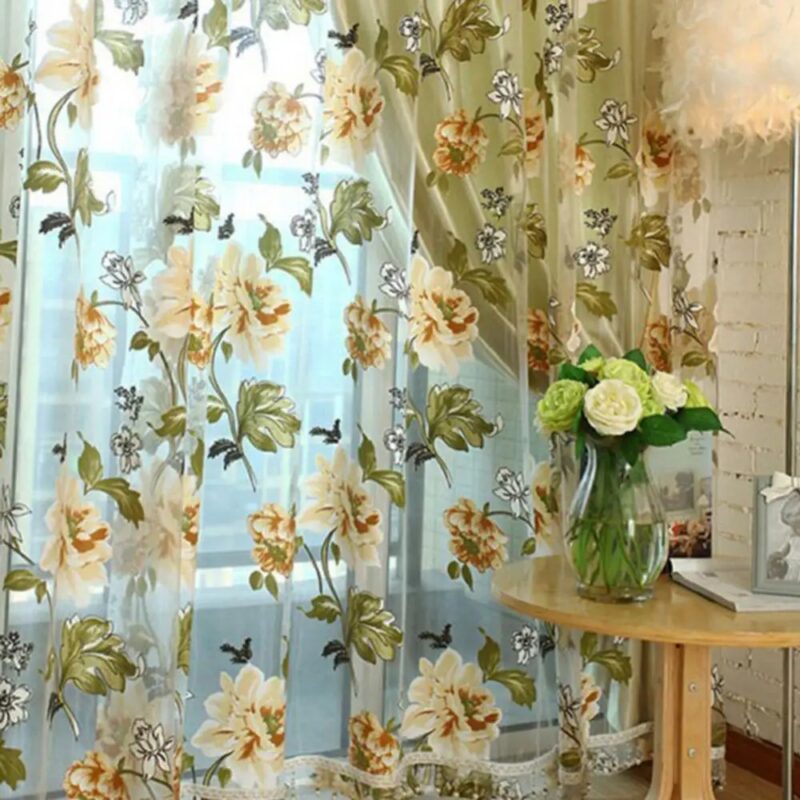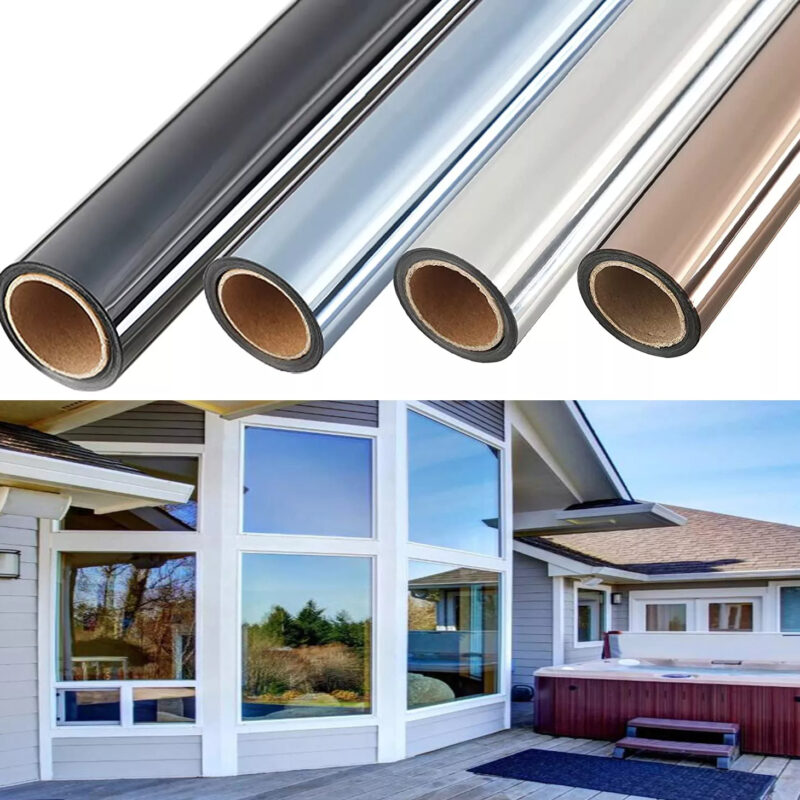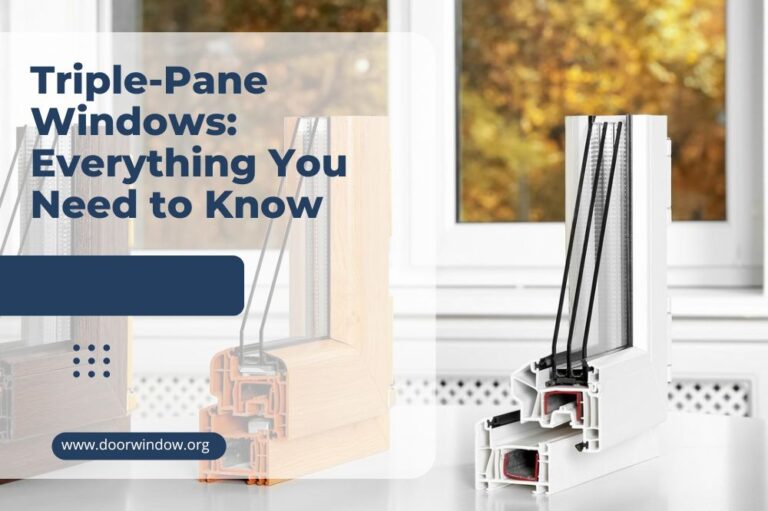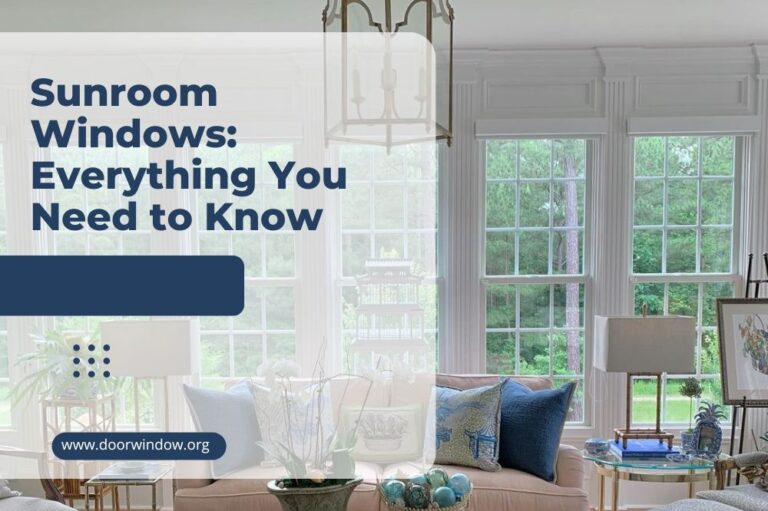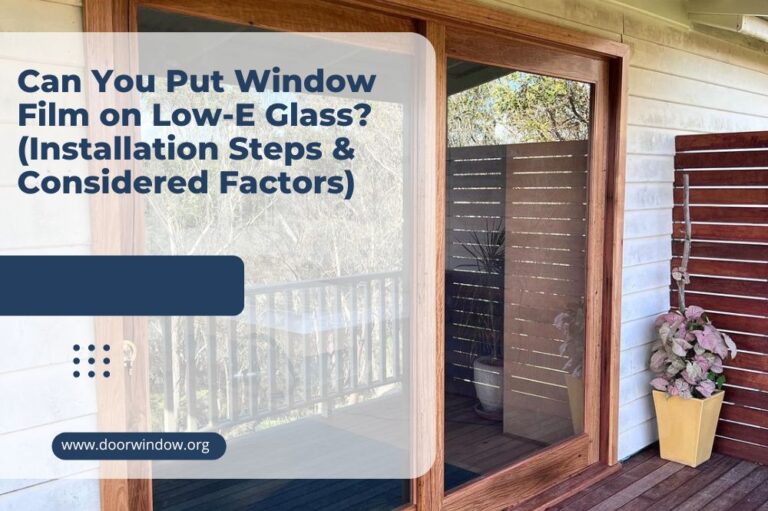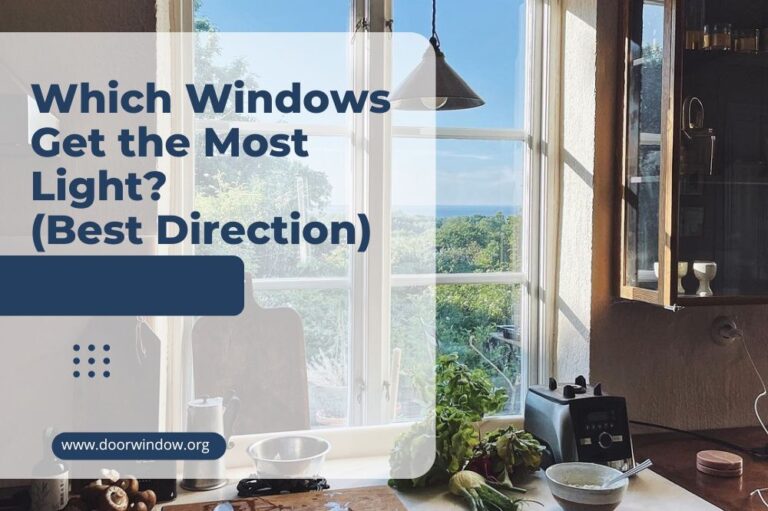7 Types Of Basement Windows (Design Styles & Benefits)
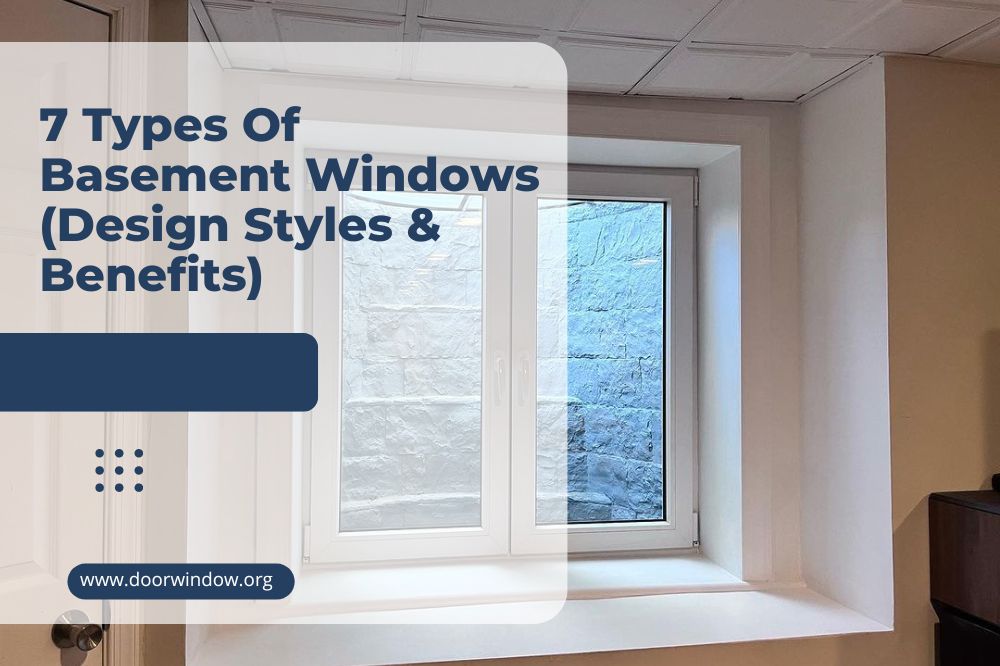
If you’re looking for replacement windows for your above-ground basement or you’re rebuilding the whole thing, you may be wondering what types of windows and window style to choose. Fortunately, there are lots of great options – windows on hinges, on rails, fixed windows, ones that open from the inside out, vice versa, or in other ways, and more.
Which should you choose, however? To find out what’s the best option for you, let’s go over the main 7 types of basement windows, what makes each unique, and how to choose between them.
The 7 types of basement windows to consider
If we delve into the nitty-gritty of architecture, there are much more than just 7 types of windows out there. For most basement purposes, however, and if we look broadly at things, we can pinpoint the 7 main categories in which most basement windows fall:
1. Casement windows
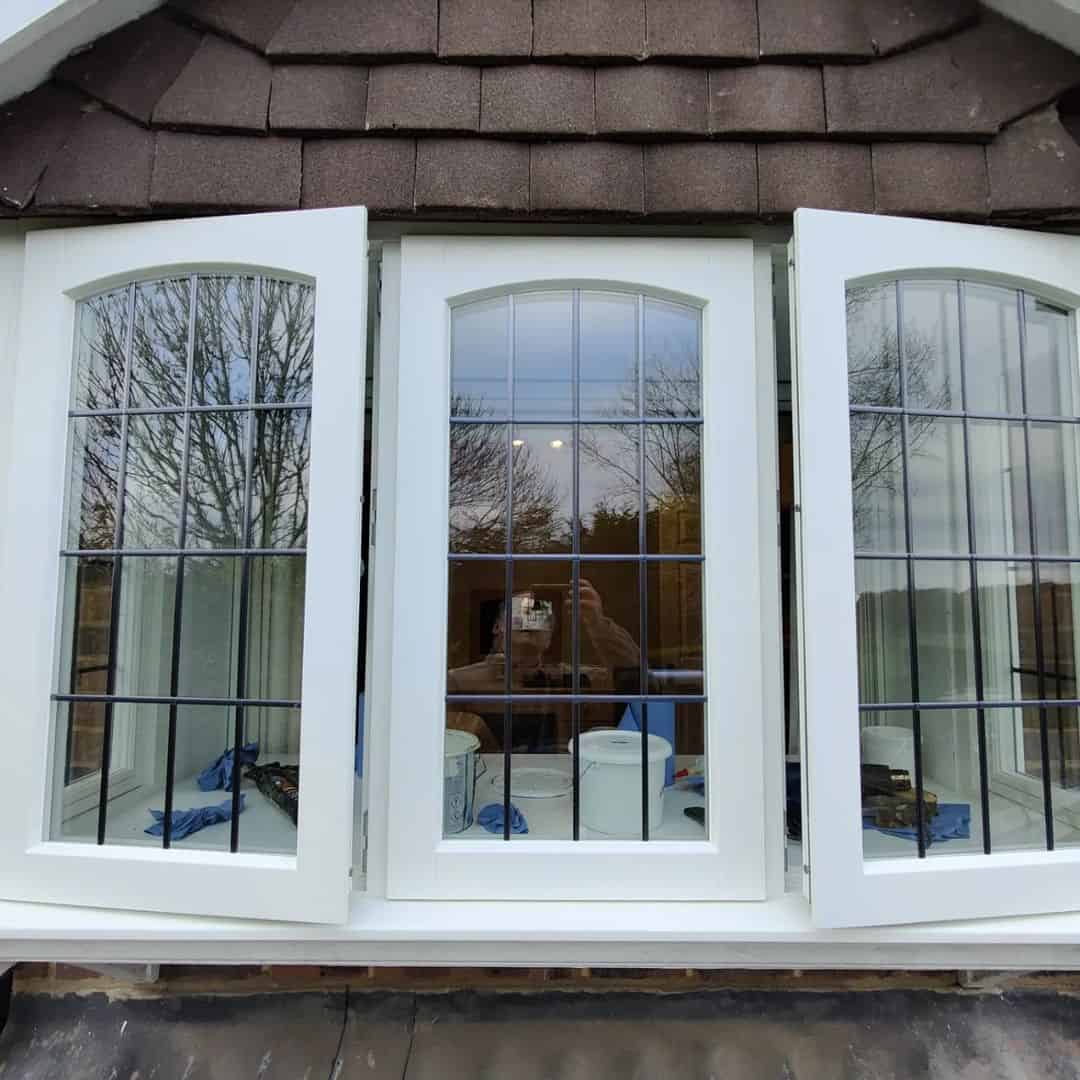
A very common type of window frame for half-above-ground basements, casement windows are both popular and are widely seen as above-grade compared to many other types. They open easily via a crank that pushes the window outward and upward, hence why they are also known as crank windows.
They are especially well-known as basement bathroom windows in older homes but are still used in many new buildings as well. They are typically large enough to meet egress building core requirements – more on that below – and they are excellent for both natural light and ventilation.
2. Awning windows

Awning windows can look like casement windows from the outside in that their pane opens outward and upward and they are also kept open by short hinges that sit near the top of the window. They are not opened via a crank, however, which is why they are seen as a different type.
These windows are also usually small and they aren’t as great for ventilation, although they can still work well enough. They are typically installed to let in extra natural light so they are transparent and rarely seen in opaque or frosted variants.
Awning windows are called that way because of the angle at which they open compared to the ground and the basement wall. This angle also makes them ideal for the rainy season as the awning window can remain open, allow for basement ventilation, and prevent water from getting in.
3. Glass block windows
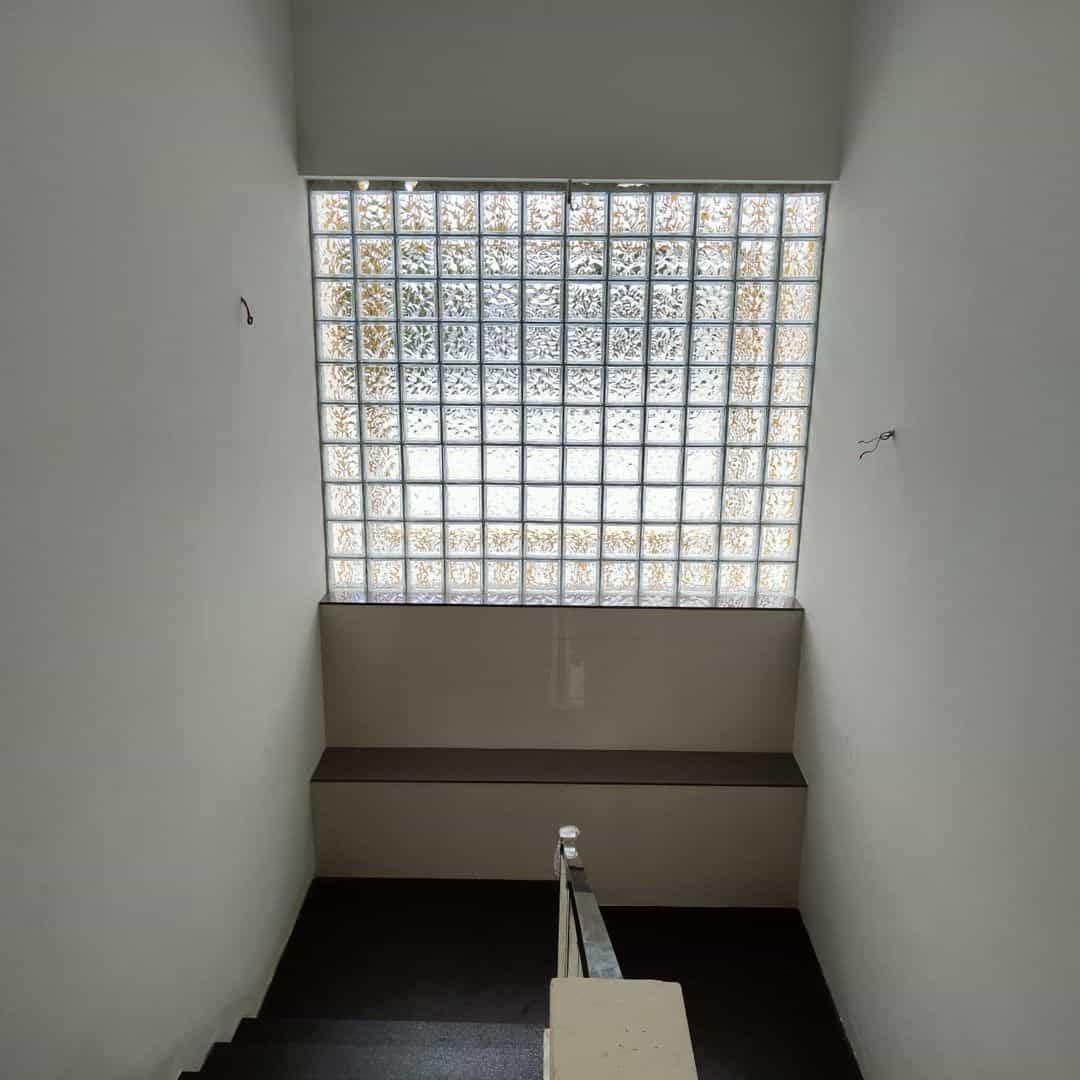
If you like the idea of a sturdy glass wall that lets in a bit of natural light but still offers privacy, consider a glass block window. More walls than windows, these were very popular a couple of decades ago and can still be found or installed today.
Instead of a flat sheet of glass, glass block windows use entire glass cubes or blocks that are stacked on top of each other like a brick wall. These “windows” can’t really be opened so they offer no ventilation or egress. They are very beautiful, however, and they let in some natural light while still distorting it enough to give you privacy.
Glass blocks can be broken if the would-be home intruder is dedicated and persistent enough, of course, but are much studier than ordinary flat windows.
4. Slider windows
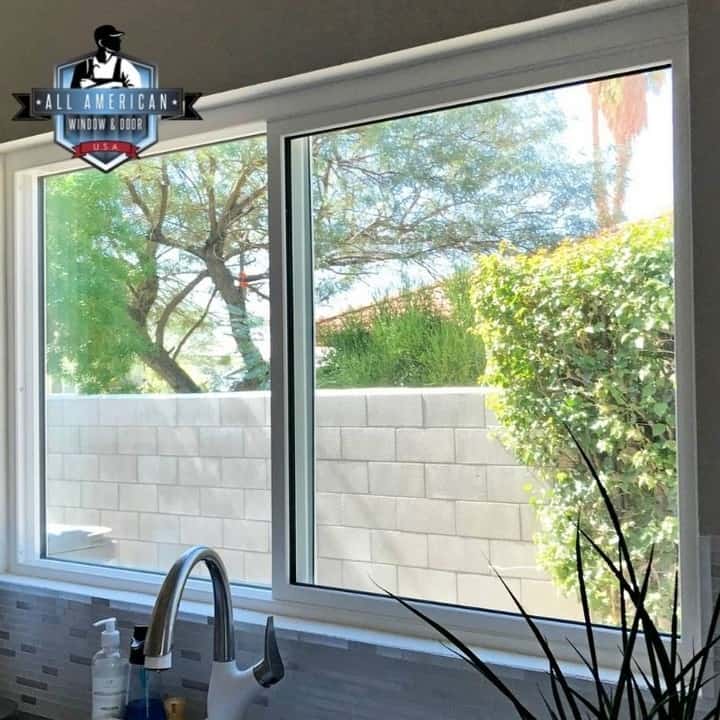
A sliding window is a window type many don’t immediately associate with basements but it’s actually a perfect fit in many respects. First things first, this is obviously a window that slides sideways rather than opening inward or outward on hinges.
These windows are quite simple to install as they typically consist of one large fixed window that doesn’t open and a second window of the same size that’s on a railing and can slide next to it. The size can vary but is typically similar to that of a sliding door which allows these windows to function as sliding glass doors too.
The benefits of these windows are that they both let lots of natural light in and they allow for easy emergency exits or entry points. They are also great for ventilation because of how large they are. The drawback is that, while slider windows can lock, they are also easy to break into.
5. Fixed windows
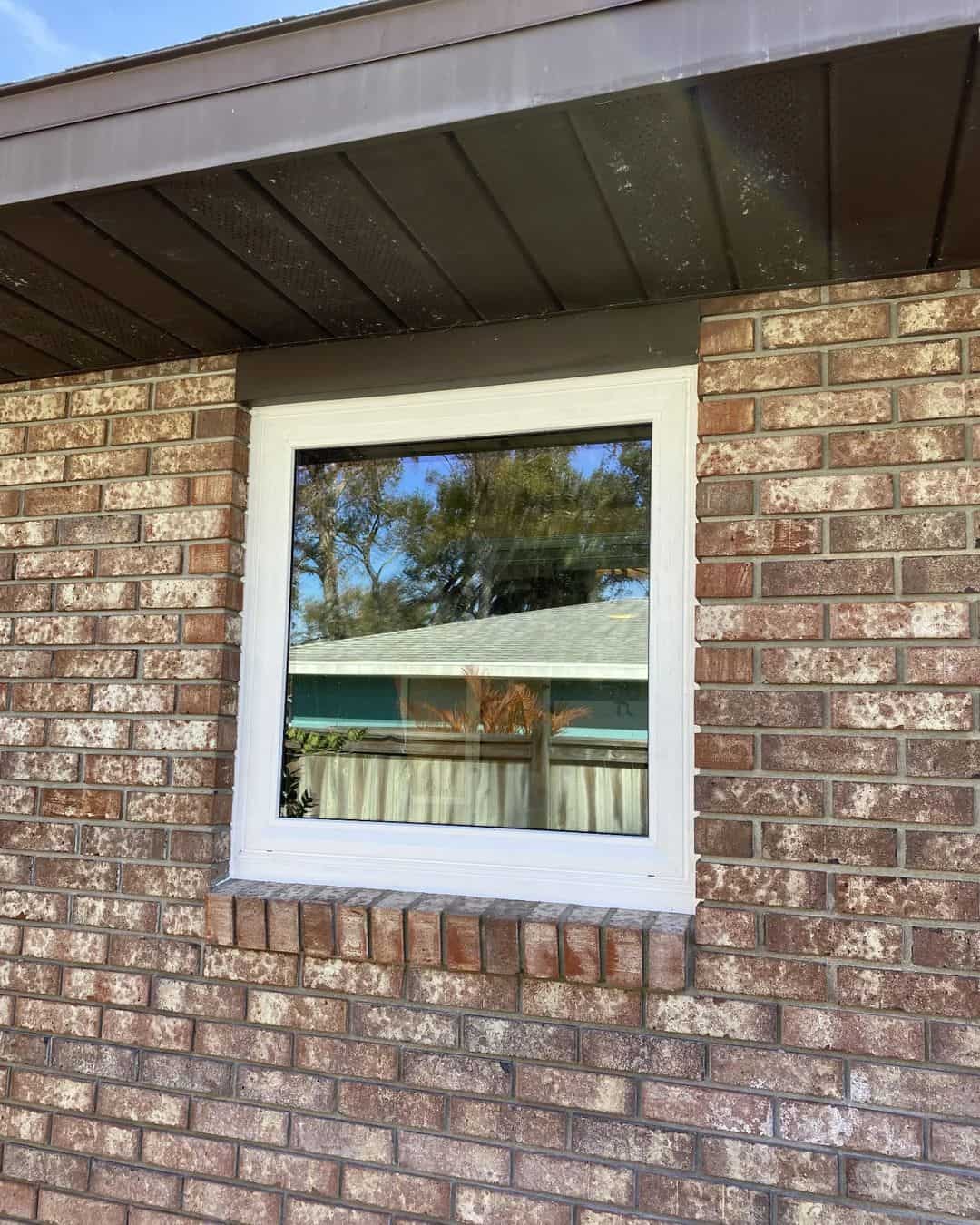
Fixed windows are similar to glass block windows in that they don’t open at all, they can’t be used for ventilation, and they aren’t suitable for egress unless they are easily breakable which is usually not their idea.
Instead, fixed windows are small, fixed into place, and with no moving parts. They are meant purely for natural light as well as for an easy viewing point from inside the basement onto the yard or street. Because they are often small and picture-like, even when broken, these windows are usually not enough for someone to enter your home unless they are a small child.
Another benefit of these windows is that they require no maintenance as they don’t have any moving parts that can break or wear down. The small size does mean that they don’t let that much natural light in, however, and the lack of ventilation makes them unsuitable for some basements, at least not on their own.
6. Hopper windows
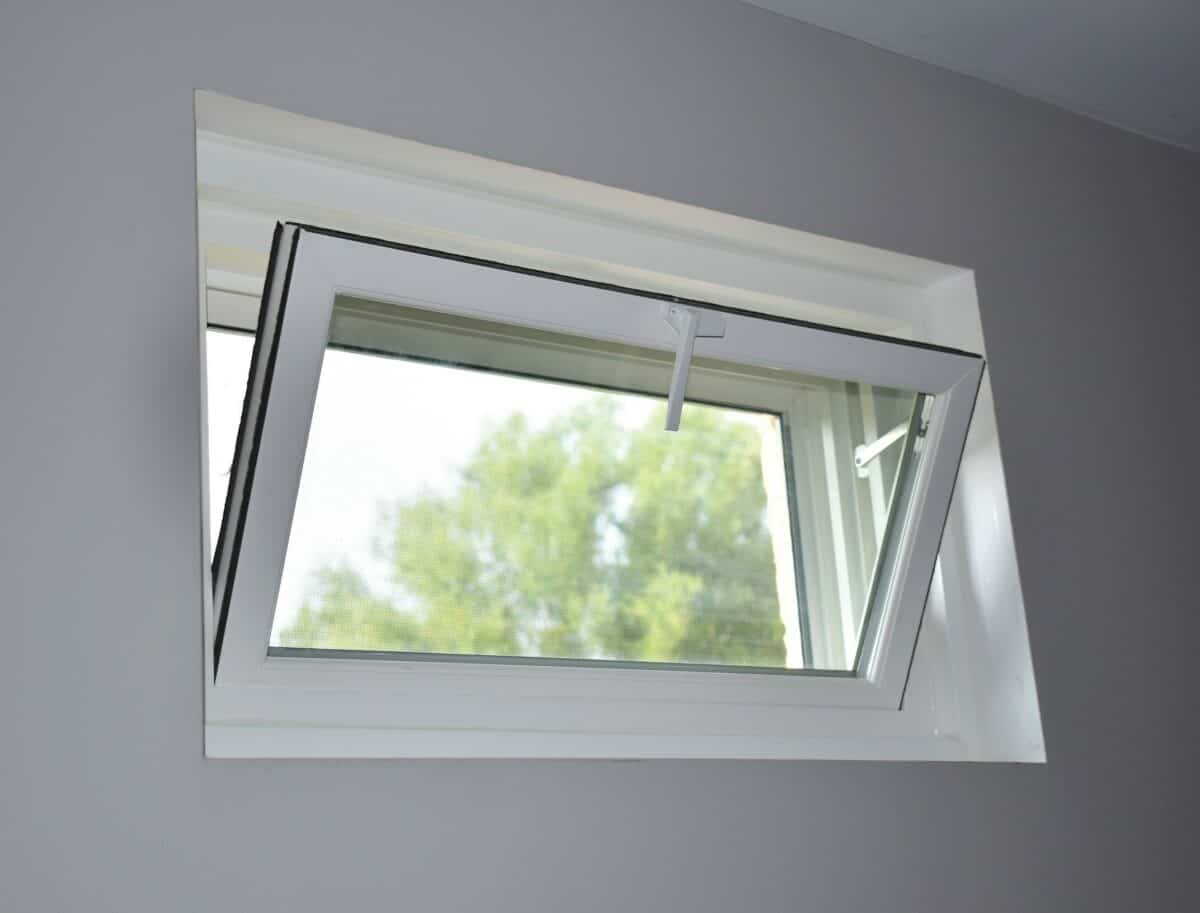
Hopper windows usually open inward and down. Their mechanism is exceedingly simple – just a hinge at the bottom to keep them open – similar to that of awning windows but in the opposite direction and with the hinge being closer to the bottom.
The fact that they open inwards can seem like an issue at first but it’s actually their greatest positive as that allows for the best possible ventilation – if you have a basement that needs as much air as possible, a hopper window is usually excellent.
This type of window can also come in both clear and opaque or frosted glass, depending on whether you want natural light or privacy. They are also smaller than most other basement window types – too small for an adult human to pass through, which is also great for privacy. Despite that, hopper windows are usually seen as capable of egress but are rarely used as such.
7. Single and double-hung windows
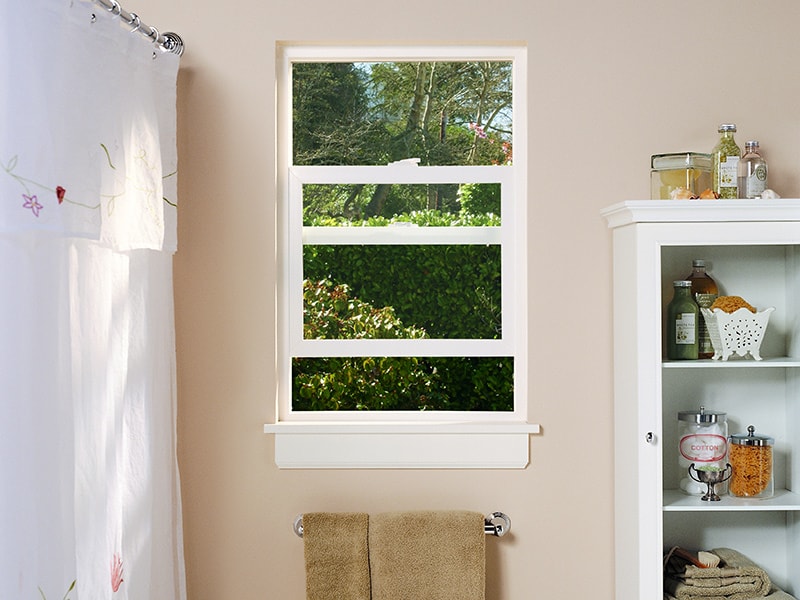
Hung windows, whether they are single-hung or double-hung, are the classic window type of the past – windows that slide vertically instead of horizontally. This is the easiest way to describe them as they are essentially the same as slider windows but you usually have one fixed window at the top and one sliding window below that can slide up alongside it to open up some space.
The only difference between the single and double-hung windows is how many moving glass pieces there are – single-hung windows are what we just described above – one fixed and one moving piece. Double-hung windows, on the other hand, tend to have two fixed glass pieces (one above and one below) and two moving windows in between them (one sliding up and one sliding down).
Both of these hung window types are considered out of style at the moment but they can be found in old homes and they can easily be installed and used today too, whether in basements or anywhere else. They let in plenty of natural light, and they are great for both ventilation and egress. The main drawback here is insulation.
How to choose the right type of basement window for your home?
Even just by looking at the 7 different types of basement windows below, you may have already chosen your future basement window replacements or installations. If you’re still uncertain, here are the 5 main factors to consider for your basement windows installation:
1. Ventilation
Different basements require different amounts of fresh air but some minimal amount of ventilation is almost always needed to avoid mold and other humidity issues.
2. Glass type
We often don’t think about the different types of glasses but those also come with a bit of variety to them. Double-glass windows are great for temperature insulation, for example, but triple-glass windows are superior even to them. On the other hand, single-glass is often seen as enough for basements.
3. Natural light
Having more natural light is rarely a bad thing but it also isn’t always a necessity with basements. There’s also the choice between light and privacy which often comes into play with basements.
4. Egress vs non-egress
Basement egress windows are all windows that are big and convenient enough to function as an emergency escape from a living space in case of an accident.
The building codes for residential buildings in your particular area may vary but chances are that, if the basement is considered a residential area, you or the contractions working on it are required to put in egress windows that can function as an exit and an escape route in case of emergencies.
5. Insulation
We often overlook insulation in basements as we don’t spend much time there. If you want to up your home’s energy efficiency and lower your energy bill, however, improving your basement’s insulation with new windows of the right type can be a great decision. If that’s important for you, going for high-quality Energy Star windows is a good idea.
In conclusion
As you can see, even with something as seemingly simple as basement windows, there are lots of things to consider. Do you want a constantly open window or a fixed one? Do you need light or ventilation? Is egress a must? How about style and insulation?
Considering all those things is crucial if you want to find a solution that will work as well as possible for you in the coming years and decades.

